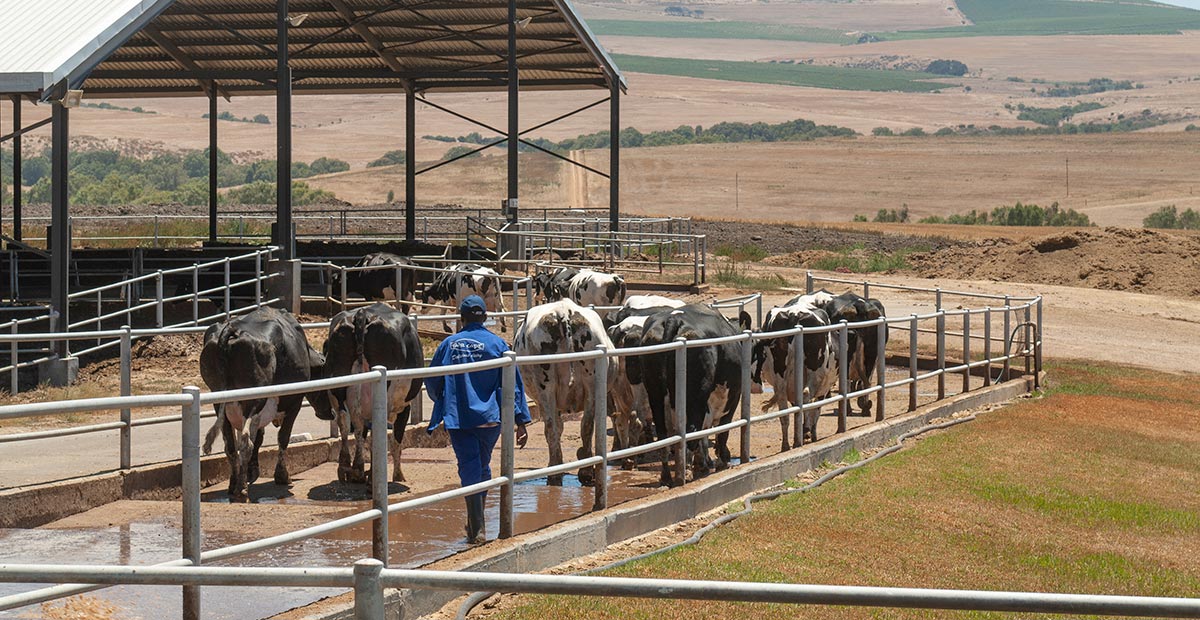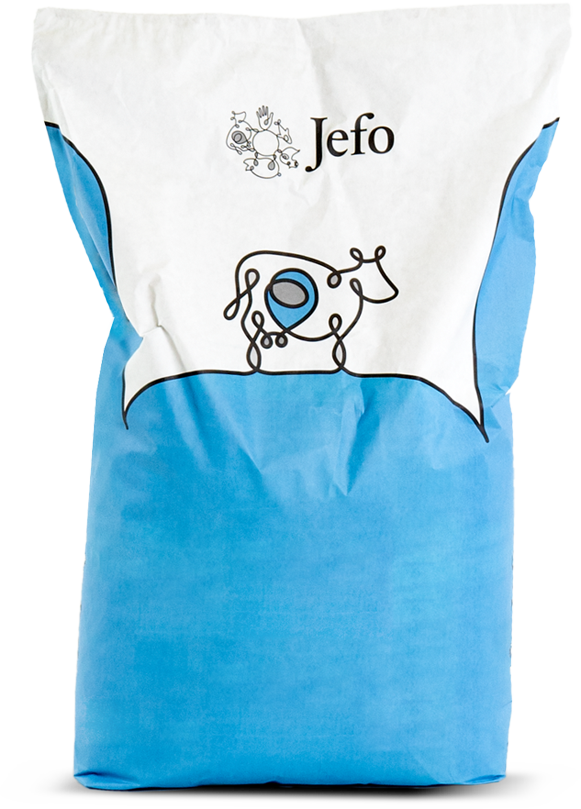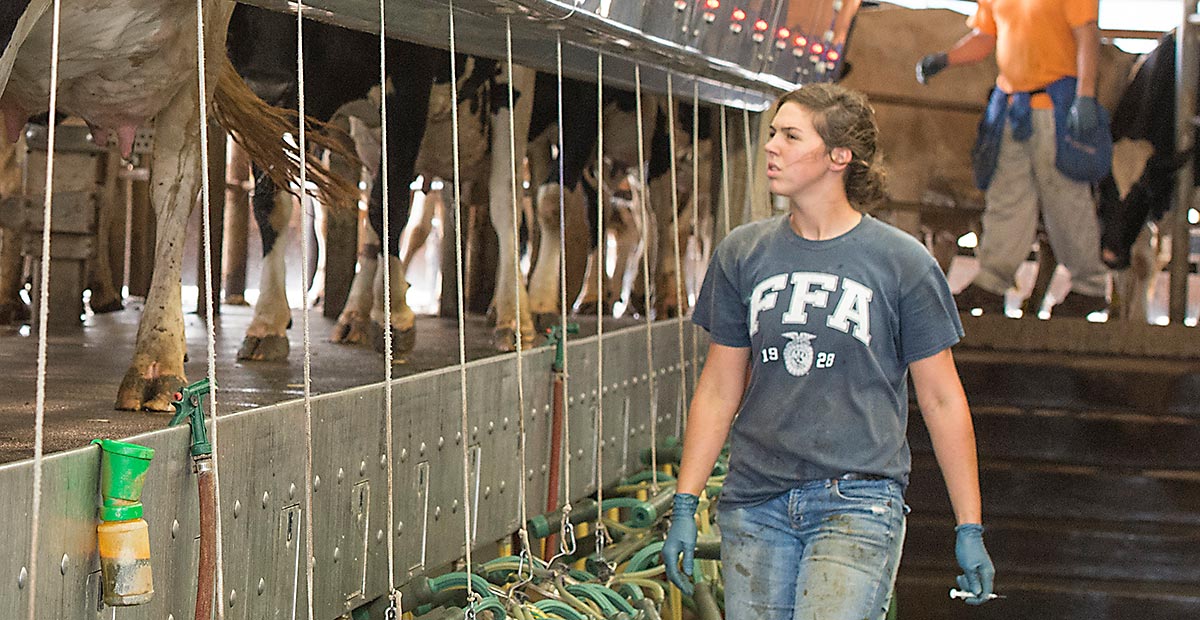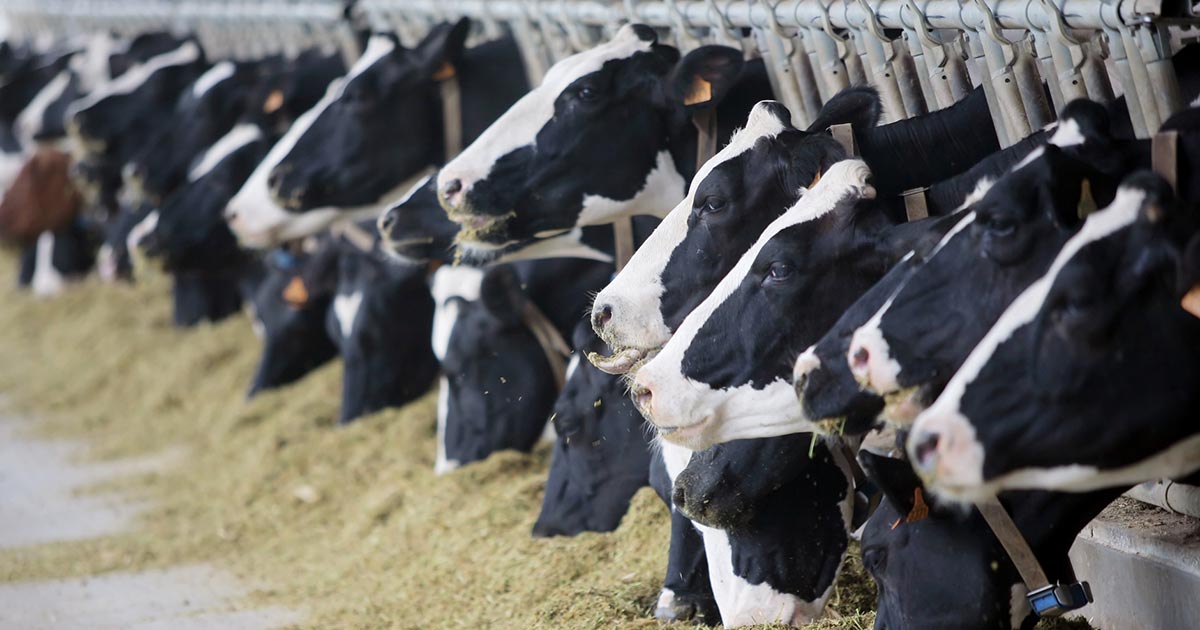This article appeared in Progressive Dairy.
By Chris Gwyn, Jefo Nutrition North American Ruminant Business Development Manager.
At Jefo Nutrition, one area of focus is to help producers reduce dairy cow stress. In a recent anecdotal survey, we asked them: Which dairy cow stressor do you think has the biggest impact on you, your cows and your bottom line?
We sent the survey at the start of summer, so I wasn’t surprised that a majority responded with “heat stress,” but another stressor also rose to the top of the list and was based around “animal handling.”
Comments from our survey included:
- Getting employees to be calm around animals
- Confirming that my employees are safe and my cattle are well cared for
- Farmer and cow well-being
- Cow comfort
We also recently interviewed Dr. Jennifer Van Os, assistant professor and Extension specialist at the University of Wisconsin-Madison, for the RumiNation Podcast Tools for Cow Handling at the Farm Level (Season 5, Episode 12). During the podcast, Dr. Van Os discussed her focus on improving animal welfare and the development of more engaging training resources for proper handling of dairy cows.
When she first arrived in Madison, Dr. Van Os met with several Wisconsin dairy farmers and other industry professionals to ask them about the challenges they face when it comes to animal welfare, ensuring her program could help address key concerns. Dr. Van Os said a common request from farmers was for her to come to their farm and help train employees on proper cow handling.
“This came as a surprise because there are a lot of videos and other materials dedicated to this topic,” said Dr. Van Os. “The fact that producers still thought there was a lack of resources confirmed a need for something different, something more innovative.”
Affirming the need even more, Dr. Van Os pointed to a 2018 USDA report that concluded only 55% of U.S. dairy farmers provided training to their employees specifically on moving and handling cows. Potential barriers to providing this training included lack of time, resources and high costs (especially if translation is needed).
In her role, Dr. Van Os’ goal is to focus on understanding and improving dairy animal welfare, particularly by identifying low-barrier solutions. She believes more engaging and active learning tools are necessary. “Passive learning helps people understand the concept of animal handling, flight zones and other animal welfare issues, but active learning and putting ‘real life factors’ into play are necessary to deal with on-farm reality,” said Dr. Van Os.
Tips to improve animal handling on your farm:
- Focus on active learning
- Let cows be cows
- Evaluate your facilities
- Reduce your stress
There’s a lot you can do for your cows to minimize their stress and to help your employees thrive in their roles. Below are some tips for improving animal handling on your farm.
Focus on active learning
There are numerous research-proven animal handling resources including: training videos, online guides and classroom lesson plans, fact sheets, and more. Although these materials exist, applying these concepts is often challenging.
The FARM (Farmers Assuring Responsible Management) Animal Care Program helps U.S. dairy farmers apply this training to their specific operation. According to the FARM website, the program:
- Details animal care guidelines using the latest research and best management practices
- Implements on-farm evaluations by trained evaluators who help identify strengths and outline improvements
- Ensures integrity of the program through third-party verification
In addition to this program and other efforts that focus on active learning, there is a new interactive video game making its debut. Dr. Van Os developed “Mooving Cows” to help dairy farms improve their animal handling skills. This educational tool allows workers to practice these skills in simulated farm environments. Participants get immediate feedback on how their actions can affect cow behavior, stress and productivity. It allows them to make mistakes, but to learn from them, decreasing the chances of it happening in real life on the farm.
There are other tools emerging and helping reduce handling stress, such as the use of cow monitoring systems. Many producers are turning to activity collars or ear tags for herd health and fertility alerts. These systems help reduce unnecessary stressful cow touches, allowing farmers to focus on cows that need attention while leaving the rest of the herd alone.
Let cows be cows
Cows will tell you what they want and what they don’t like, especially when it comes to handling. While active learning is important, it’s also key to study and understand dairy cow behavior so you can anticipate their reactions and then use that learning at the farm level.
For example, cows may be more sensitive during certain times, such as when they are ill or around calving. It’s critical to understand these situations and not add any additional stress that will compromise the cow’s immune system even more.
You can learn a lot from a cow’s body language. For instance, research shows that you can tell how a cow feels by looking at her tail. If it’s hanging down, a cow is most likely relaxed. When her tail is tucked in, she is either in pain, scared or cold. The rest of the cow’s posture can also demonstrate signs of discomfort, including an arched back and lowered head. If she appears agitated, stressed or not eating, give her some space and assess the situation from afar.
Most farmers know, but it’s always a good reminder to approach cattle calmly, moving slowly towards them, and when possible, approach them from the side rather than directly behind them. Understand a cow’s flight zone and keep in mind that sudden movements or loud noises can startle and stress her. A cow also has a point of balance, which is located at her shoulder. This point of balance is where a cow will determine if she should move forward or backward when a perceived threat enters her flight zone. Recognize a cow’s point of balance when trying to get her to move. For example, if you are behind her point of balance, she’ll most likely move forward and away from you. If you stand in front of her point of balance, she’ll probably move backward and away from you.
As you know, cows can be stubborn and difficult to move and handle. However, you should never use aggressive methods or excessive force. A cow’s behavior can become unpredictable and possibly dangerous when she’s stressed. Hitting or mishandling her will turn to a lack of trust, and this can lead to injury for both you and the cow. Consistent, gentle handling helps build trust, along with establishing a routine when working with cows. They like predictability.
Cattle also like to be in a group. They are herd animals and separating one cow from the others for too long will cause stress. However, don’t rush cows. They move at a slower pace than most people, so allow cows to move and walk at their own speed.
Evaluate your facilities
Properly designed facilities are important for low-stress handling. If more than 1% of a group loses their footing or slips when being moved, you should evaluate your facilities and your handling techniques. This is also true if 5% of your cows balk and have to be persuaded to move. These are signs that something may be wrong.
Proper handling is especially critical in the alley, holding pen and milking parlor. When a cow is stressed, adrenaline interrupts her oxytocin response and impairs her milk let down. Gentle and consistent handling, especially in these areas, can significantly improve milking efficiency and production.
Procedures such as hoof trimming, health checks and artificial insemination require a level of restraint. Make sure your equipment is in good working condition. Also, limit the amount of time in headlock systems, chutes or other devices, restraining cows for only as long as necessary based on the treatment or required procedure.
Properly designed facilities and well-maintained equipment can make handling cattle much faster, safer and less stressful for everyone involved.
Reduce your stress
When looking for ways to reduce stress and improve animal welfare on your farm, research shows that farmers should also take care of themselves and their employees’ physical and mental health. A 2023 study from Norway showed that farmers with a low level of stress and a greater occupational well-being received a higher animal welfare score. In contrast, the study showed that a low occupational well-being and high level of stress was negatively associated with their animal welfare score.
In another study, researchers in Canada surveyed dairy farmers to better understand their mental health and potential connections to cow health and welfare. The results showed that farmer stress and anxiety were positively associated with the prevalence of severe lameness. Plain and simple, taking care of yourself helps you take care of your herd.
Jefo Solutions are designed to help farmers cope with everyday stressors and keep cows healthy and producing at a high level. We’re launching a new hub at JefoDairyStressors.com dedicated to animal handling resources and helping reduce stress, increase performance, improve worker safety and limit potential injuries.
*This article is available in Spanish. Please contact us for a file.



